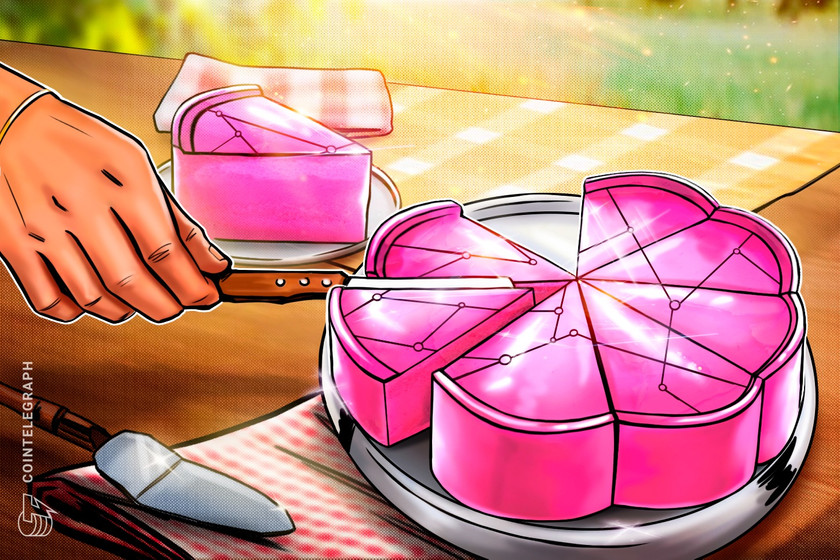While nonfungible tokens (NFTs) are currently suffering in the bowels of a bear market, some are using this time to build and develop new concepts with the technology.
Once such new concept is fractional NFTs — an iteration of NFTs that enable multiple investors to own a piece of a single token.
These NFTs differ from regular NFTs in that they employ smart contracts to fractionalize the token into a number of parts predetermined by the owner or issuing organization, who then set the minimum price.
When applied to real-world assets, these NFTs provide an interesting use case for investors who plan on owning valuable real-world goods.
Fractional NFTs spread the cost of asset ownership over a wide range of users, making it possible for a group of investors to own a piece of a larger asset.
David Shin, head of global group at Klaytn Foundation — a metaverse-focused blockchain — told Cointelegraph that they “enable more people to reap the benefits of asset ownership while reducing the amount of upfront capital required per user, creating more inclusivity for users who would otherwise have been priced out.”
Tokenized ownership is not a new concept. Before the advent of NFTs, tokenization was a way for users to fractionalize real-world assets. However, fractional NFTs provide a new way for investors to divide the cost and transfer ownership of particular assets.
More accessible assets
Accessibility is one of the major benefits of NFT fractionalization since it’s more affordable for investors, thus reducing the barrier to entry for owning certain assets.
The collective ownership that comes with fractional NFTs allows a group of investors to own assets with traditionally high barriers to entry. For example, owning real estate or art pieces requires investors to meet particular requirements, whether a certain level of net worth or certain legal requirements.
Recent: Gym owners aim to bring NFT memberships to wellness clubs
By using fractional NFTs, these hurdles could potentially be bypassed by the average person. Alexei Kulevets, co-founder and CEO of Walken — a move-to-earn blockchain game — told Cointelegraph:
“No matter whether you are a builder, a collector, or a consumer, with fractional NFTs, you can co-own any fragment of an art piece or an NFT project you work on. Or, it could be something entirely different, where ownership is verified by an NFT (e.g., real estate). Think of it as an exchange-traded fund, only without intermediaries and…
Click Here to Read the Full Original Article at Cointelegraph.com News…
























